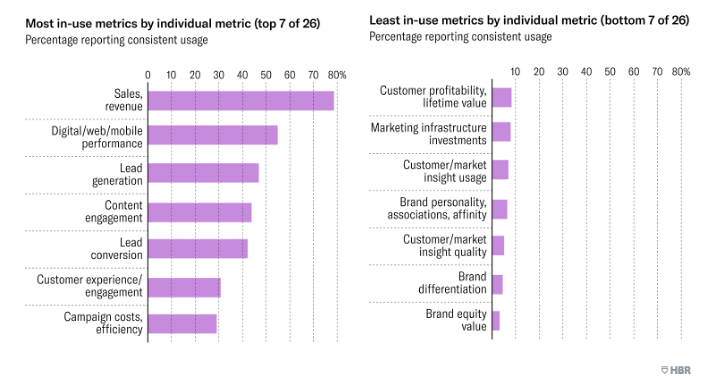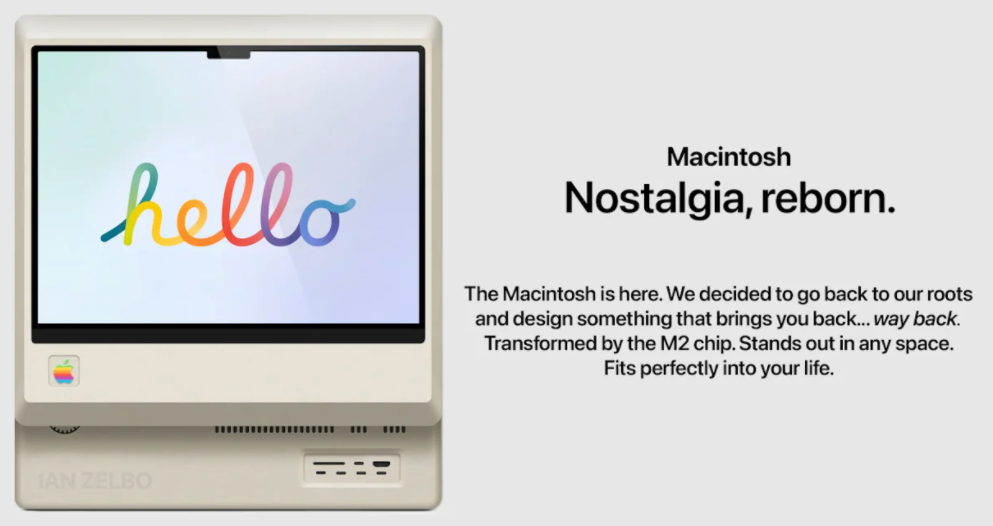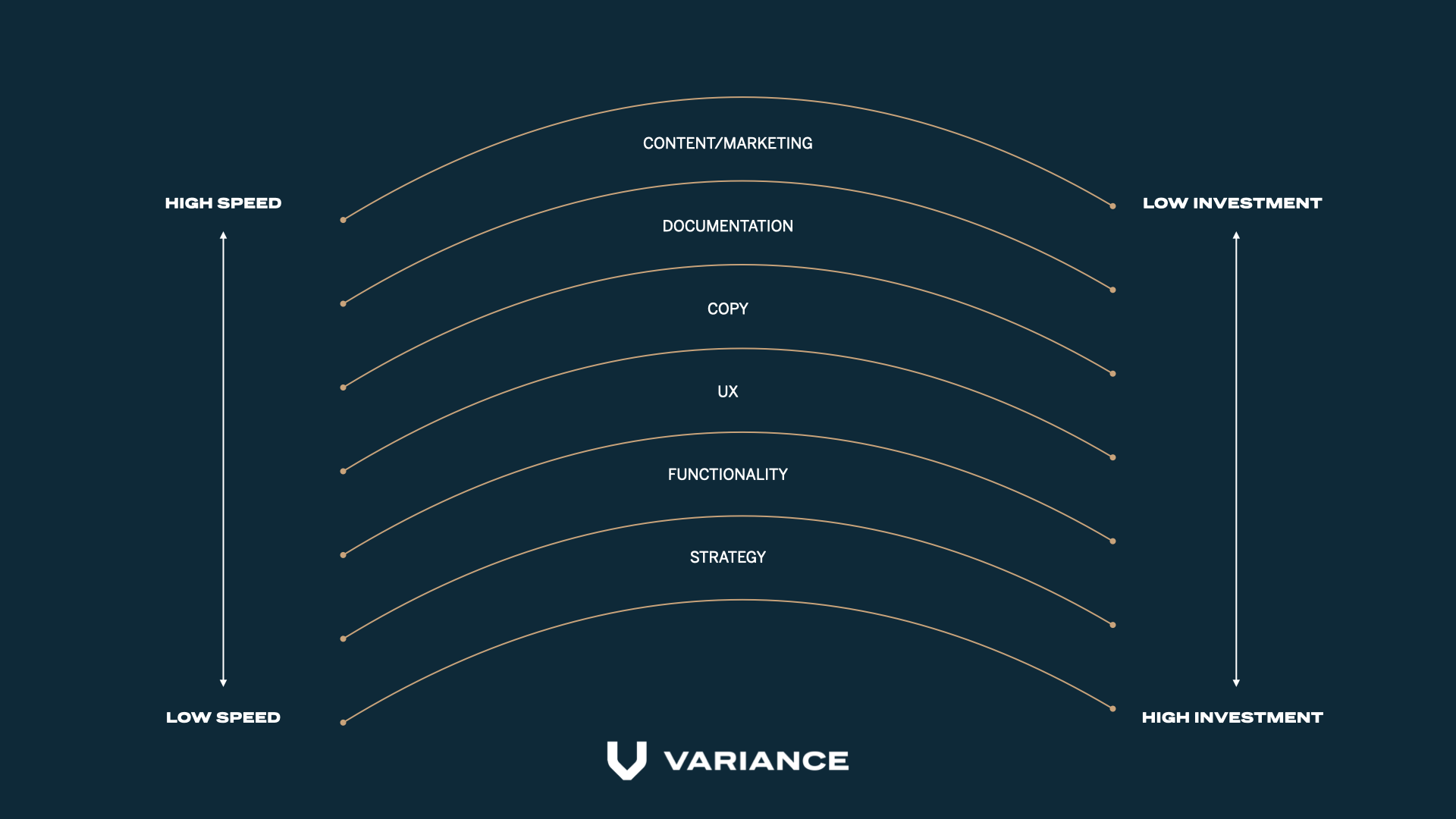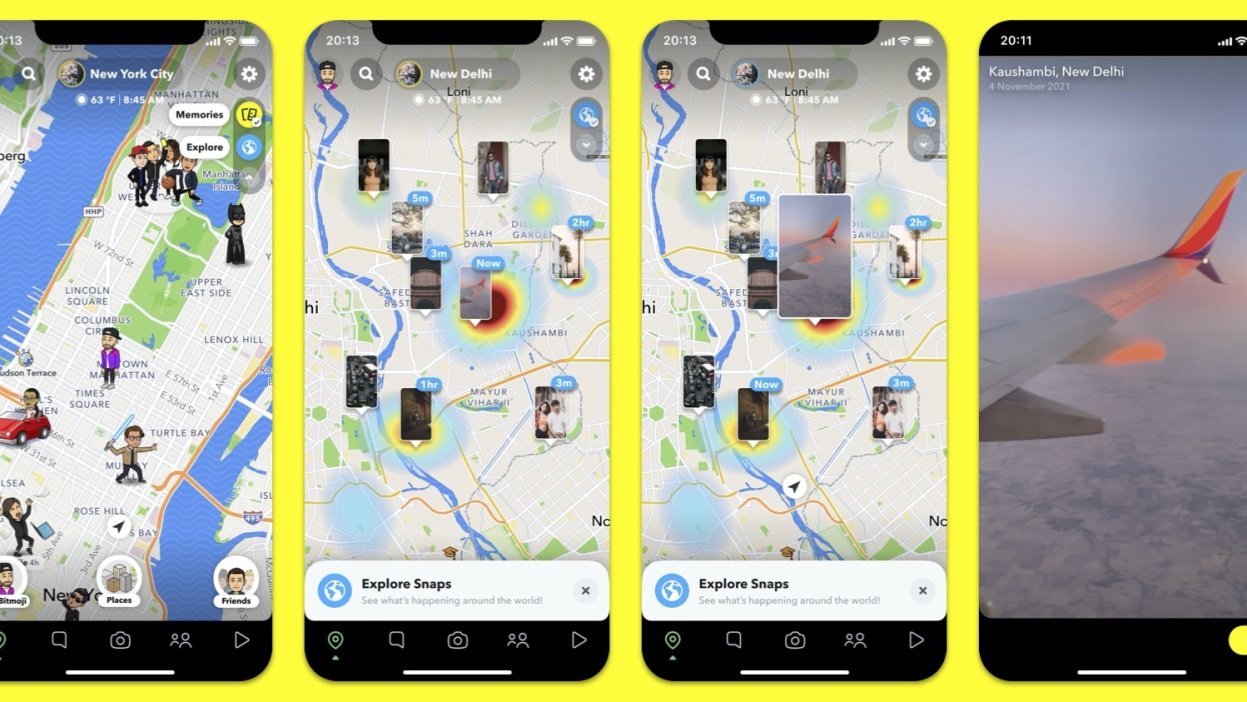SOCIAL CONTENT & CONTEXT
As someone who started writing a book that ended up as a website that ended up as aset of online courses, I’m fascinated by the relationship between story and medium. How does one impact the other? In social media we see this playing out with new types of content trends, such as posts with increasinglydeep analysisusing short visuals and videos. It is common to seelong explainer TikToksand tweets that are essentially multi-part blog posts – like thistongue-in-cheek classicfrom marketing shit-disturber Mark Ritson.
Another trend in social media is authenticity, or at least a seemingly authentic attempt at achieving it. Ogilvyrecently announcedthat it will no longer work with influencers who edit their bodies or faces, and a new app calledBeRealissurging in popularity. The concept is that your network shares a photo once a day at the same time (you are alerted by a notification)…no filters allowed!
If we remove photos and filters, we are left with text messaging. I love this new art book that explores life through people’s randomtexts. And if you’re ever tempted to ask someone why they stopped typing you via text,here are 2,000 smart words on why it’s a bad idea.
TEENS & THE SNAPCHAT GENERATION
Piper Sandlerrecently published some new research on teens (U.S.) that serves as a good reminder of how different social media habits are across generations - TikTok is the favorite social media platform (33% share) surpassing Snapchat for the first time (31%); Instagram was third (22%). Beano Brain also has a new report that shares themost 50 popular brandsfor teens (U.K.). And Snapchat has released theirSnapchat Generation 2022 researchon how people are using their platform – highlighting opportunities for social shopping and AR.
D2C RETAIL TRENDS
For the last 5 years, analysts have been preaching that legacy retailers need to learn from direct-to-consumer / born online retailers. It turns out that it’s not that simple. With online ad prices and shipping costs rising, many direct-to-consumerretailers are suffering - “there’s certainly a reckoning happening.”Some are now taking a page from legacy retailers andsetting up physical locations, with the help of cheaper leases and higher availability due to COVID. Here is the2022 guide from Googleon how to navigate the digital retail market.
Another trend is the significant growth of retail media – where a retailer sets up an advertising business to allow brands to buy space across their owned digital properties. I recently worked on a retail media network project, and it’s a big-time opportunity for retailers with scale and data chops.BCG has an excellent backgrounderon this topic. Dunhumby also has auseful reportthat provides data on the growth of retail media (increase of 38% in advertiser spending in 2022).
Amazon now makes $31Bfrom their retail media network. They are also launching what some analysts are calling ‘a Shopify Killer’. TheBuy With Prime programallows certain Amazon Merchants to place a Buy With Prime button on their 3rdparty websites and allow customers to complete transactions in the same way as they would on Amazon. This is similar to the distributed model ofShopify’s Shop Pay. Ben Evans has a smart read (as always) on how digital advertising and online commerce are blurring and the implications for management decision-making: “do you get a better ROI on Instagram ads or faster shipping?”
METAVERSE & MURDER
I remember working in Europe the day after Brexit. I was providing consulting services to a consulting company (always weird) and met the head of their new Brexit consulting practice. So it doesn’t surprise me that consultancies and agencies all now have dedicated metaverse offerings –you can read all about them here. If you hire one, perhaps you can ask them if it is safe to bring your child intothe Lego Metaverse. Or what you should do if you run intothe first homeless personin the metaverse? Or – even better – if there are any consequences if you enter the metaverse andkill someone!
NEW RESEARCH & REPORTS
Deloitte: New 2022 Predictions from the Technology, Media & Telecommunications Group. The consultancy also published a report on Gen Z digital media habits, with some interesting findings around the role that gaming plays for teens in expressing personal identity.
IAB: Internet Advertising Full Year 2021 Review, highlights digital ad growth of 35.4% year-over-year – the highest growth since 2006 (U.S. data).
HBR: New report on Marketing Metrics, which makes the case that senior marketers are fully aware of the need for strong brand equity but have basically nothing in place to measure it. Gulp.
TECHNOLOGY & CREATIVITY
Some random / smart / creative stuff that I love (see, we can have nice things!):
Google Chrome lets you scroll across the entire Milky Way.
Reddit hosted a collaborative internet mural (r/Place) – see the timelapse.
DALL·E 2 is an AI system that creates images from natural language descriptions.
Snapchat has a new lens that helps you learn sign language.
















































